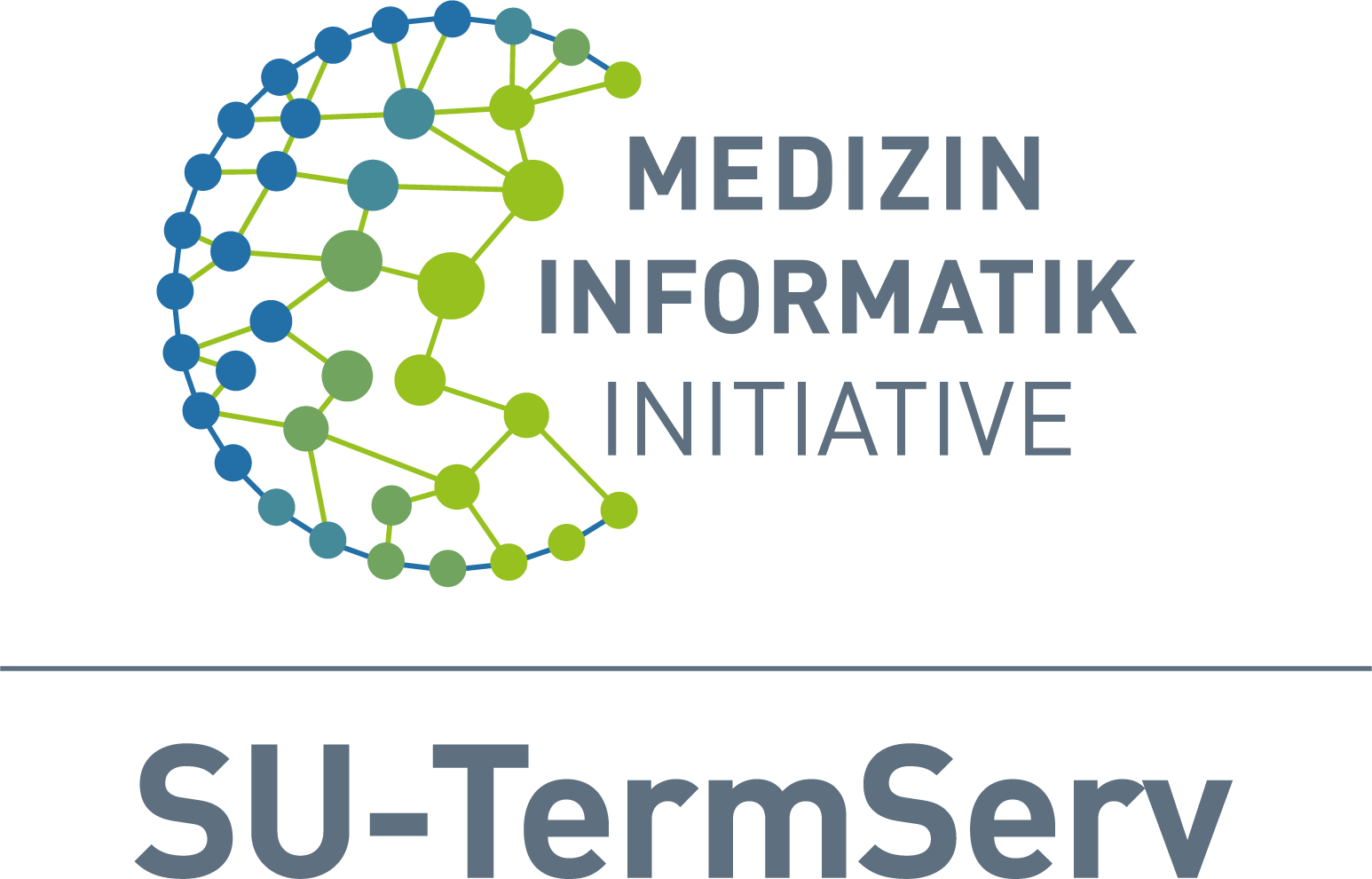Joshua Wiedekopf, M. Sc.
Joshua ist Wissenschaftlicher Mitarbeiter in der Sektion für Klinische Forschungs-IT am Institut für Medizinische Biometrie und Statistik der Universität zu Lübeck. Seit 2020 beschäftigt er sich intensiv mit dem Umgang mit kontrollierter Terminologie, insbesondere im Umgang mit HL7-FHIR-basierten Terminologieservern (TS).
Aktuell strebt Joshua eine Promotion an der Universität zu Lübeck in dieser Thematik an, in diesem Kontext erfolgten bereits diverse Publikationen, die die Etablierung von TS und die Implementierung von notwendigem Tooling im Fokus haben.
Ferner ist Joshua in der AG Medizinische Terminologien und Klassifikationen (MTK) der GMDS aktiv, und ist Mitglied in den relevanten Gremien der MII, insbesondere in der Task Force Terminologische Dienste der AG Interoperabilität; ferner ist er Mitglied im Expertenkreis der Gematik.
Innerhalb der SU-TermServ nimmt Joshua die Rolle des technischen Koordinators und der Implementierung sowie des Supports ein.

